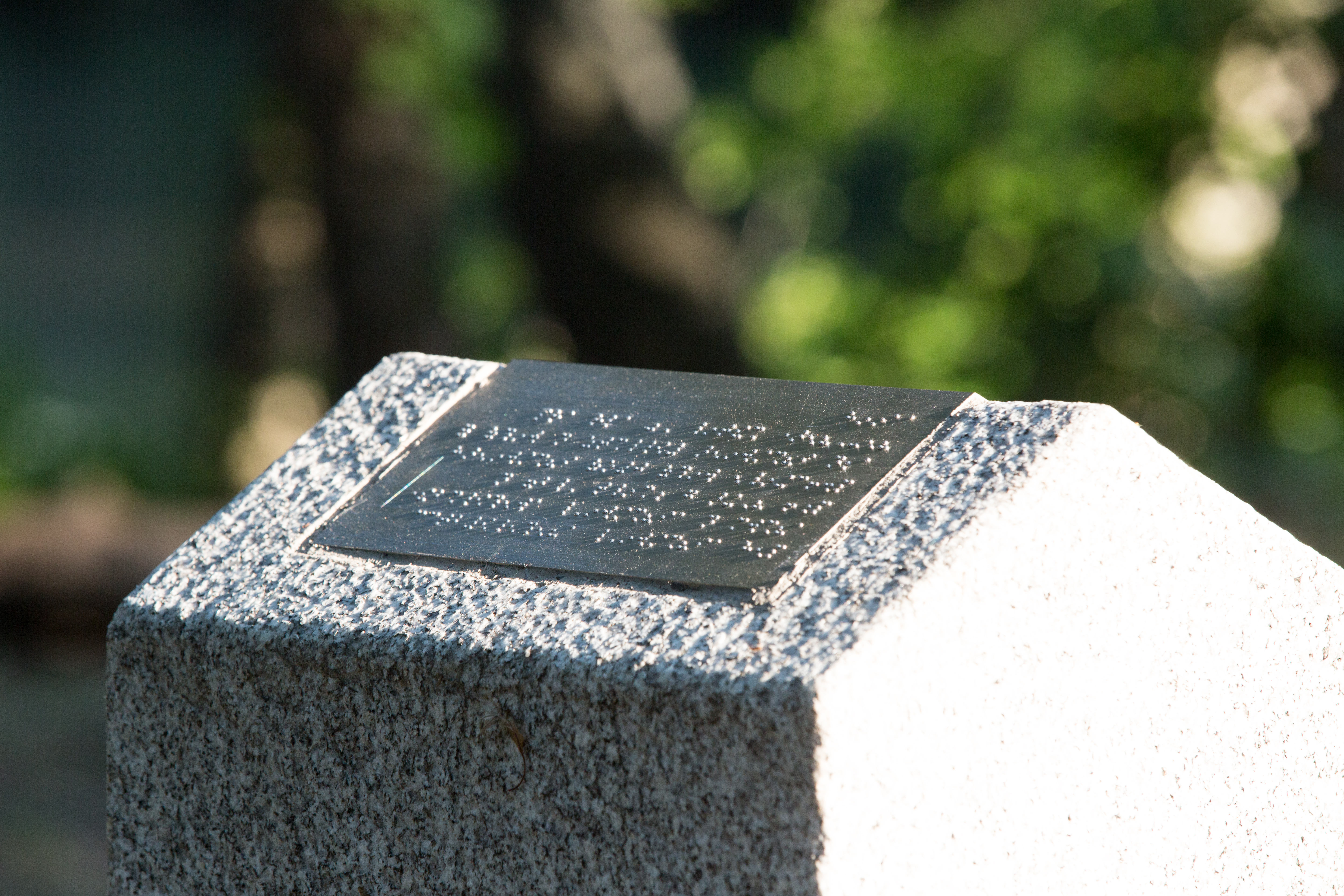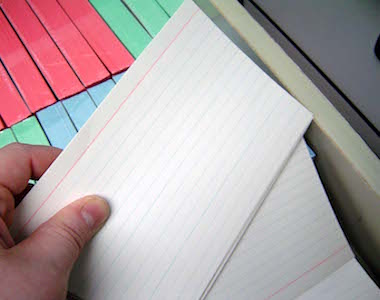Cracking the Code: A Braille Reading Mystery
Submitted by Braille77 on Nov 01, 2015

Young students with visual impairment and blindness are often challenged to see the relevance of braille, especially if the braille is limited to the classroom. Are braille books and classroom braille labels all that there is? In this activity, students are challenged to find and decode braille signs in hotels, restaurants and stores.
Preparation
This depends on the age of the child. For beginning braille readers, focus on Grade I (uncontracted) braille; for older children, add Grade II contractions. For all, use capital signs, numeric indicators, etc.
- Prepare index cards with braille letters of the alphabet, punctuation signs and braille contractions. Create multiple sets.
- Arrange the brailled index cards into separate stacks and place them in small boxes.
- Teach the braille letters of the alphabet and contractions before doing this activity.
Materials:
- Index Cards
- Perkins Brailler or Embosser
- Small boxes
- One large tray (Plastic)
Procedure:
-
After reviewing the braille, take a small fieldtrip to a place of business (hotel, restaurant, and store) where you know braille signage is being used.
-
Upon arriving at a Braille sign, such as room number or restroom, challenge the child to “crack the code” of what the braille words mean.
-
First have the child touch the braille on the sign braille cell by braille cell, dig into the boxes that hold the braille (you will need extra braille letters and contractions) and place the same braille letter or contraction or punctuation in the same order as is found on the braille sign.
-
Once all the braille cells are placed in the correct order, challenge the child to decode what the braille sign says.
-
Now for the challenge! Re-arrange the braille cells in the tray, have the child place them in the correct order as the braille sign (allow the child to keep touching the sign for the correct orientation) until the braille in the tray is the same as the braille sign.
-
Repeat the procedure for different braille signs.
-
For older children, challenge them to take the braille that matches the braille sign, scramble the braille and come up with new words.
Variations:
- Award prizes for the following: most braille signs correctly spelled and pronounced.
- Award prizes for the following: most braille words made after unscrambling the braille.
- Take the child to a restaurant and have them ask about a braille menu, and then have them read and order a meal.

